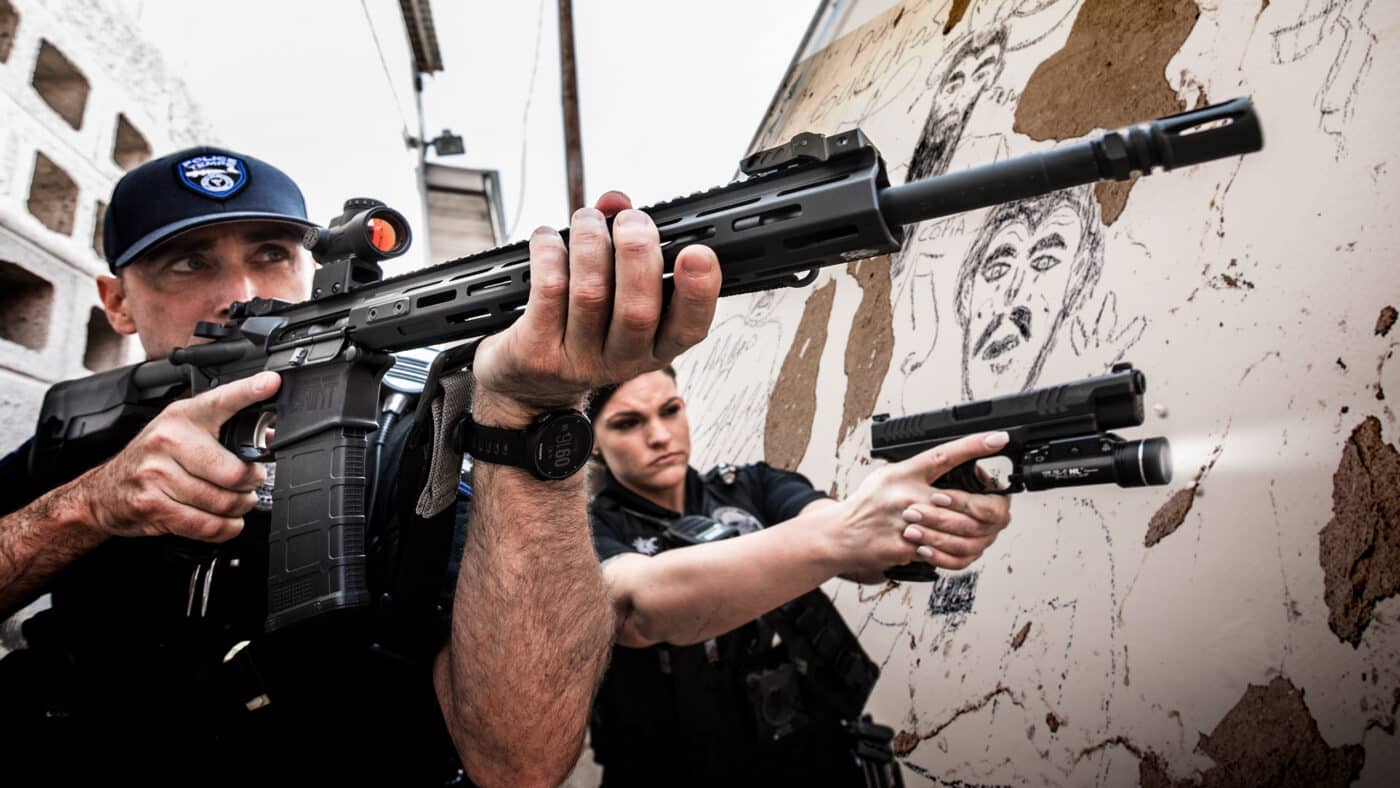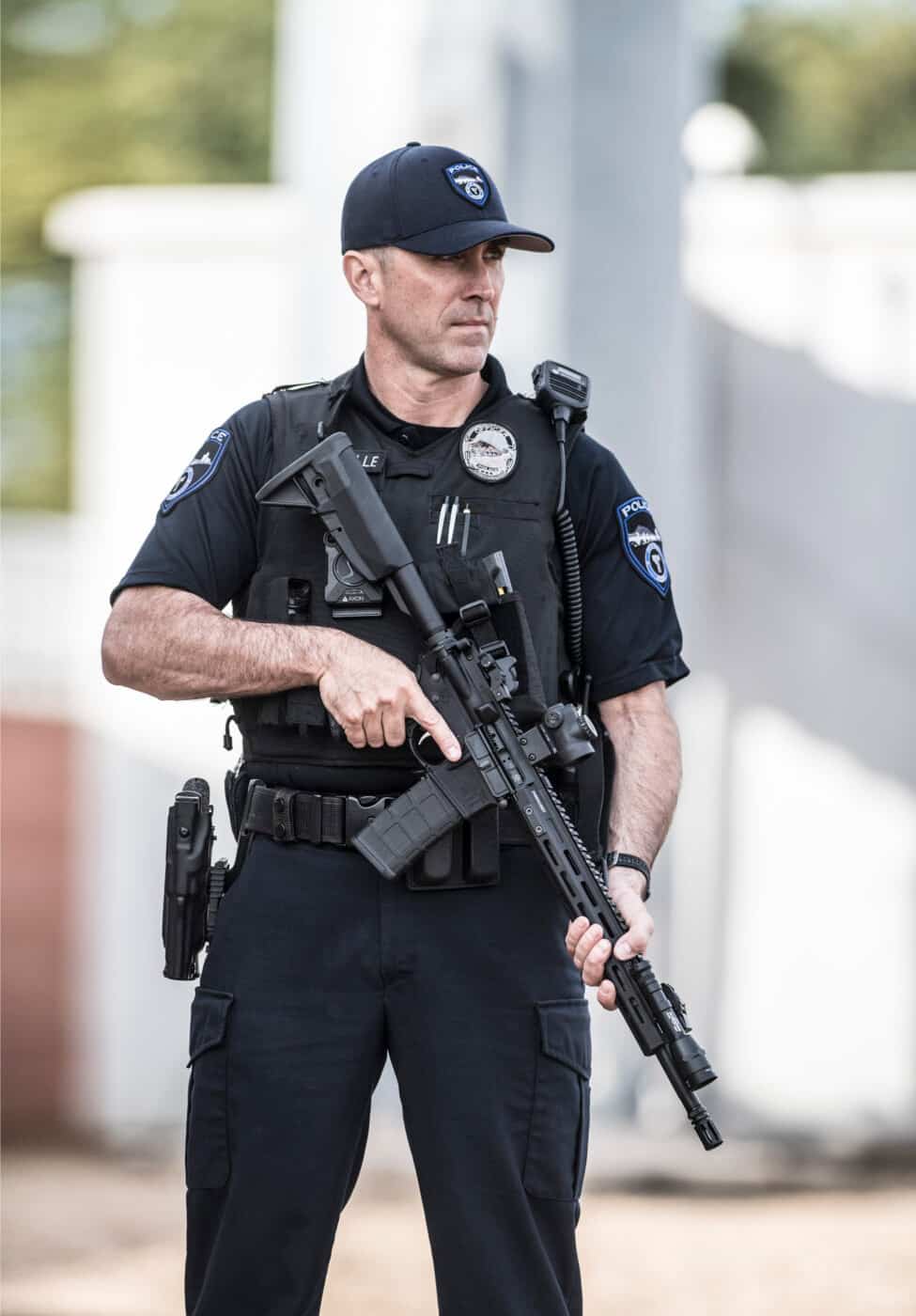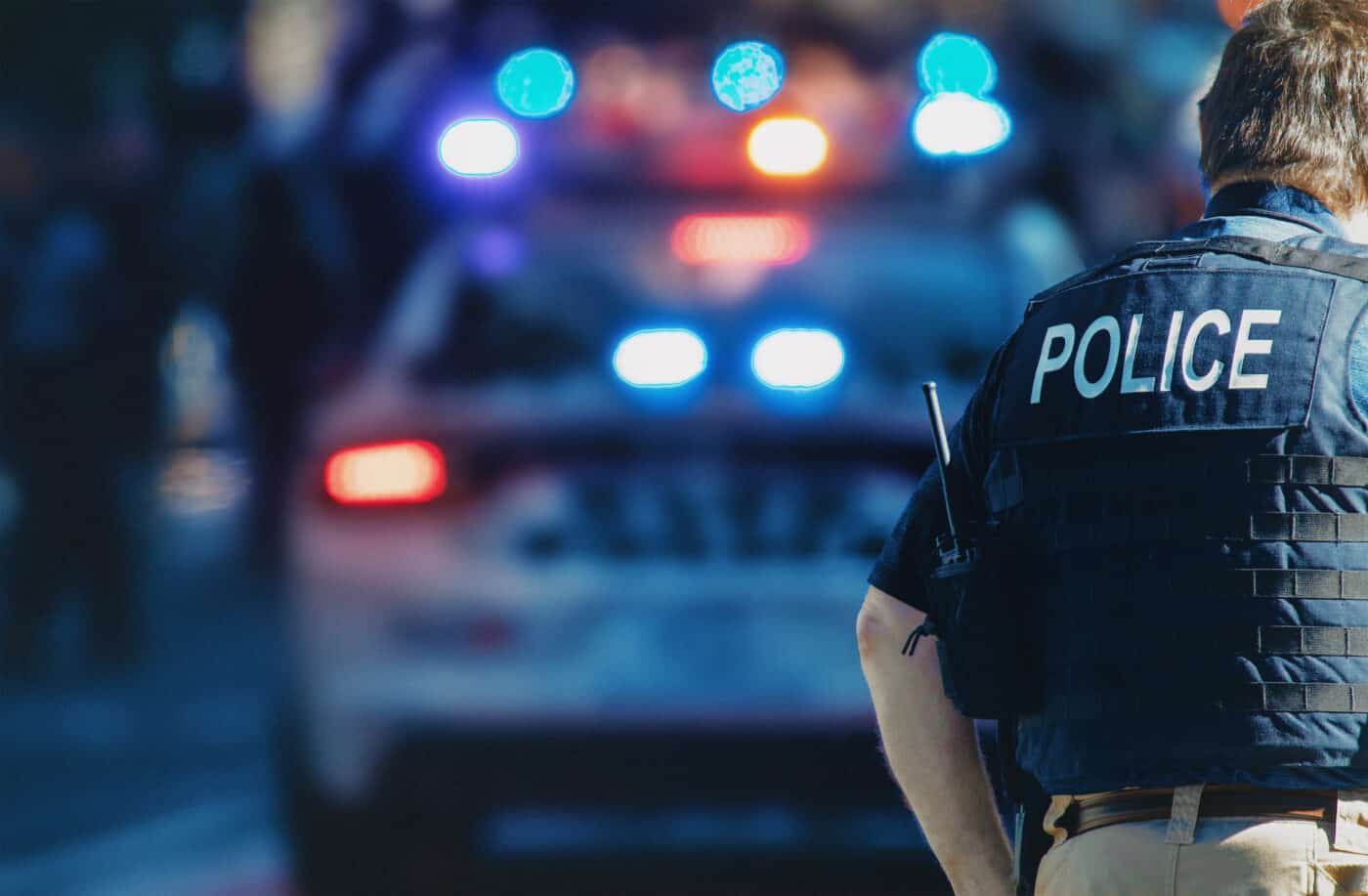LE Lessons for the Armed Citizen: Do You Know the 10 Deadly Errors?
July 7th, 2022
7 minute read
Editor’s Note: The opinions expressed are those of the author and do not constitute legal or tactical advice.
Recently, I was reading an article that summarized line of duty law enforcement deaths in 2021. To say the least, I found this information most disturbing because, in the past year, 73 law enforcement officers were slain in the line of duty.

It would be an unrealistic expectation that we could eliminate all murders of police, but until fairly recently these numbers were declining. We can probably look at a number of dynamics that lead to this increase such as the pandemic, a spike in violent crime, people who feel that law enforcement officers are oppressors rather than protectors, and open hostility toward the police which goes unpunished, are just some of the contributing factors. But no matter how you look at it, policing has become an even more dangerous occupation.
The Details
A point made by the author of this particular piece was that some officers who were murdered simply did not heed the hard lessons we’ve learned in the past. I couldn’t agree more. I would submit it is very tough to keep your mind 100% in the game throughout a long shift, but the consequences are far too high to take a casual approach to the business at hand. Repetition of these same kinds of errors may very well result in serious injury or death.
Back in the day, there wasn’t much in the way of formal academy instruction for police officers on risk minimization. If you were lucky, an experienced officer took you under his wing and he showed you the proper way to do things in order to maintain your safety. That all began to change in the 1970s, and perhaps the biggest shift came about because of a book called “Officer Down, Code 3”. The book was written by LAPD Detective Pierce Brooks, who had gained some notoriety as the lead investigator in the Onion Field killings.

In the book, Brooks described the Ten Deadly Errors, which outlined many of the repeated reasons why police officers were killed. Back when I was in the police academy, I remember watching a training film which outlined the Ten Deadly Errors, and this had a profound effect on both me and my classmates. Clearly, we were not going to fall victim to this. Or, so we thought!
For almost 50 years, taking this message to heart has helped keep cops safe and the message rings true to this very day. The Ten Deadly Errors include:
- Failure to Maintain Equipment & Proficiency
- Improper Search, Improper/No Use of Handcuffs
- Sleepy or Asleep
- Relaxing too Soon
- Missing Danger Signs
- Bad Positioning
- Failure to Watch the Hands
- Tombstone Courage
- Preoccupation
- Apathy
Translating Success
Techniques and tactics used by the police or military sometimes don’t translate well to the responsible, armed citizens. The military’s mission is to destroy the enemy and his ability to wage war, while the police are in the business of confronting people who all too often are involved in some sort of illegal behavior.

On the other hand, the focus of the armed citizen should be to avoid confrontation and questionable circumstances. For non-law enforcement individuals, some of the Ten Deadly Errors simply don’t apply. However, several other of these points may have some significant validity for anyone who carries a gun in today’s society.
Don’t Neglect Your Gear & Practice
No doubt, you laid a substantial amount of cash for a quality handgun, ammunition, and a holster or two. Hopefully, you also took in some training to help get you up to speed. However, it’s important to recognize that while this is a good start, there is much more work still to do.

Today’s crop of autopistols is far more reliable than that of a generation ago. Equipment you might have to use to save your life is not an area where you want to cut corners, and if the better product costs a few bucks more, by all means go for it. But all handguns, both pistol and revolver, require regular maintenance. And any handgun you might carry should be cleaned and lubricated after use. Additionally, do a cursory inspection of your gun as well as a function check to make sure everything is working as it should. Of late, I have encountered red dot optics where a mounting screw has backed out, weapon-mounted lights with dead batteries, and revolvers with loose ejector rods. All of these issues would be a problem in a deadly confrontation.
By all means, don’t neglect your ammunition. I know in the eras of ammo shortages and sky-high prices, burning up a couple boxes of quality carry ammo is an expensive proposition. But be absolutely sure it will run in your gun. Also, visually inspect each round before you stuff them into your magazine. Do any of them look longer or shorter than the rest?
Shooting a handgun is a perishable skill, so don’t neglect practice. I recognize getting out to the range as often as you would like is often outside the realm of possibility, but there is a great deal of dry practice you can do at home including practicing the draw stroke, reloading, clearing stoppages and coordinating a flashlight with your pistol. When you do get out to the range, focus on those skills you will need in order to prevail in a fast-breaking, close-range encounter. Practice should be meaningful.
Missing Danger Signs
If you opt to carry a gun about God’s green earth, you have to stay switched on and keep the radar running. Recognize that trouble can unfold at arm’s length with no forewarning whatsoever, but very often there are danger signs that might indicate something is amiss. Before you enter a convenience or liquor store, do you do a quick scan through the window to make sure all is normal? This is not being paranoid, but rather prepared. Choosing to go armed in modern society requires extra vigilance to ensure that your gun will not be taken and used against you or someone else.

Bad Positioning
Distance, movement, and cover are your friends. Street criminals like to get close to potential victims to launch their attack, and you should be especially wary of an individual going out of their way to get close to you. In the city, having all sorts of unknowns just a few odd feet away is hardly unusual. However, I remain especially leery of someone closing in on my personal space to ask for a match, the time or for directions. My response is “don’t smoke” and I continue to walk away and create distance.
If this verbal exchange continues and you can’t get clear of the situation, look for some sort of obstacle you can put between the aggressor and yourself, such as a trash can or vehicle. If he does indeed launch an attack, he will have to take the long way around the barn. This will provide you with a precious second or two to access your weapon. If the assailant is armed with a firearm, quick movement or getting behind something that can stop incoming fire will help level the playing field.
Tombstone Courage
A dangerous attitude for an armed citizen is to think that since you have a gun, you are invincible. You no longer have to back down if challenged and can go anywhere you please. If anything, the fact that you are armed comes with an even greater sense of responsibility that you don’t put yourself in confrontational situations.

A burglar in the home is yet another area that needs to be considered. I get that “my home is my castle” thought process, but unless you have some specialized training in building searches, this is something best left to professionals. Grabbing that pistol off the nightstand and going from room to room while still half asleep is seldom a good idea. Property can always be replaced. Unless other family members are in danger, I suggest you stay in a secure area, access your firearm, call 911 and wait for the cavalry to arrive.
Apathy
Many folks just can’t perceive they might be a target of violent crime and mistakenly believe that bad things only happen to other people! If that were the case, then why did you go out and get a gun? On occasion, I have spoken to law enforcement officers who were in fact surprised that they were the target of a surprise attack. After putting in 20+ years without serious incident, they were shocked that their world was suddenly turned upside down and that they had to use a high level of force to prevail. It’s really no different in the armed citizen world.

While we may have a mental image of what a bad guy might look like, don’t sell anybody short. This certainly includes juveniles and females. One of my associates came within an inch of losing his life after he was stabbed multiple times by a 15-year-old offender. Don’t let your guard down, and if something or somebody doesn’t look right, create distance and get away.
Conclusion
Unfortunately, trouble sometimes comes our way, ready or not. But check out your surroundings and be aware of all going on around you. If and when possible, confrontation should be avoided. However, there may very well be a situation where avoidance is outside the realm of possibility. But a winner’s mindset, skill, and sound tactics can get you through and keep you safe.
Editor’s Note: Be sure to check out The Armory Life Forum, where you can comment about our daily articles, as well as just talk guns and gear. Click the “Go To Forum Thread” link below to jump in!
Join the Discussion
Continue Reading
Did you enjoy this article?

 228
228





